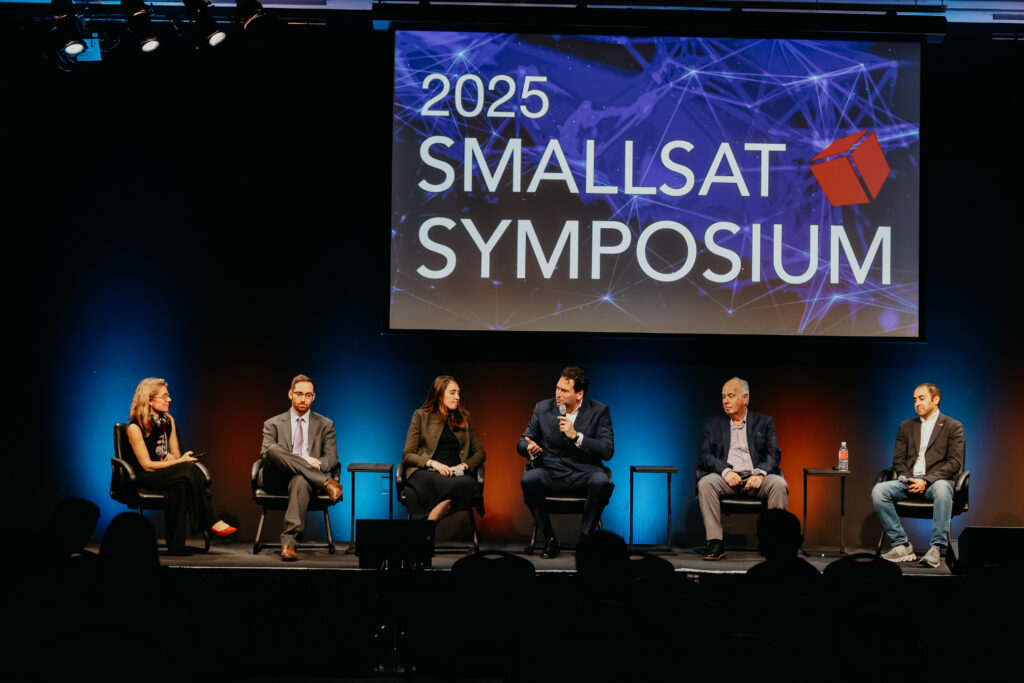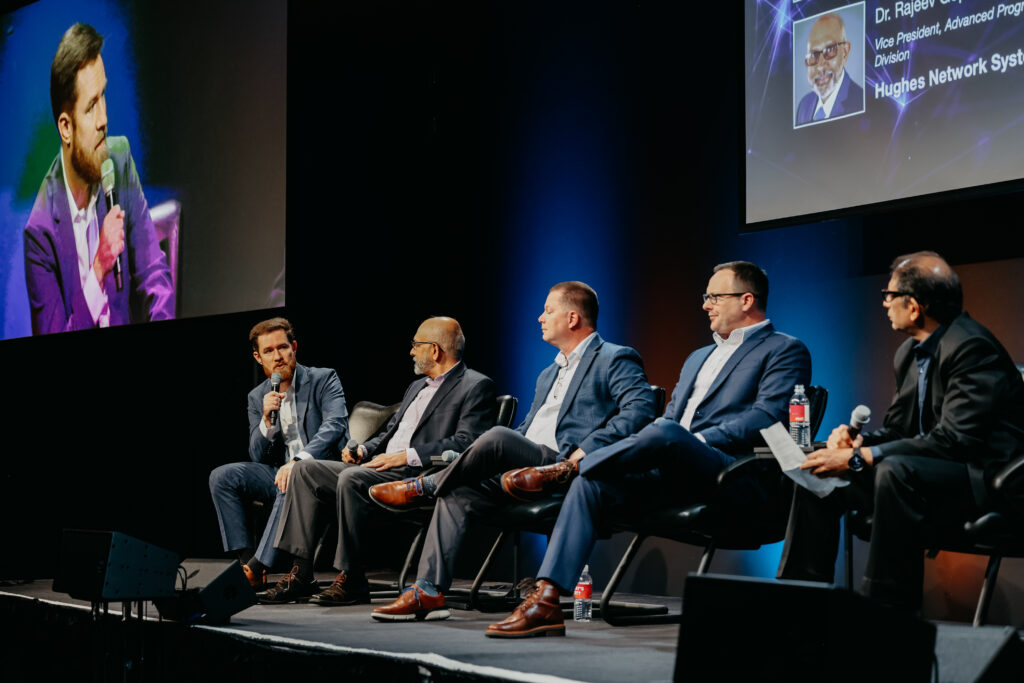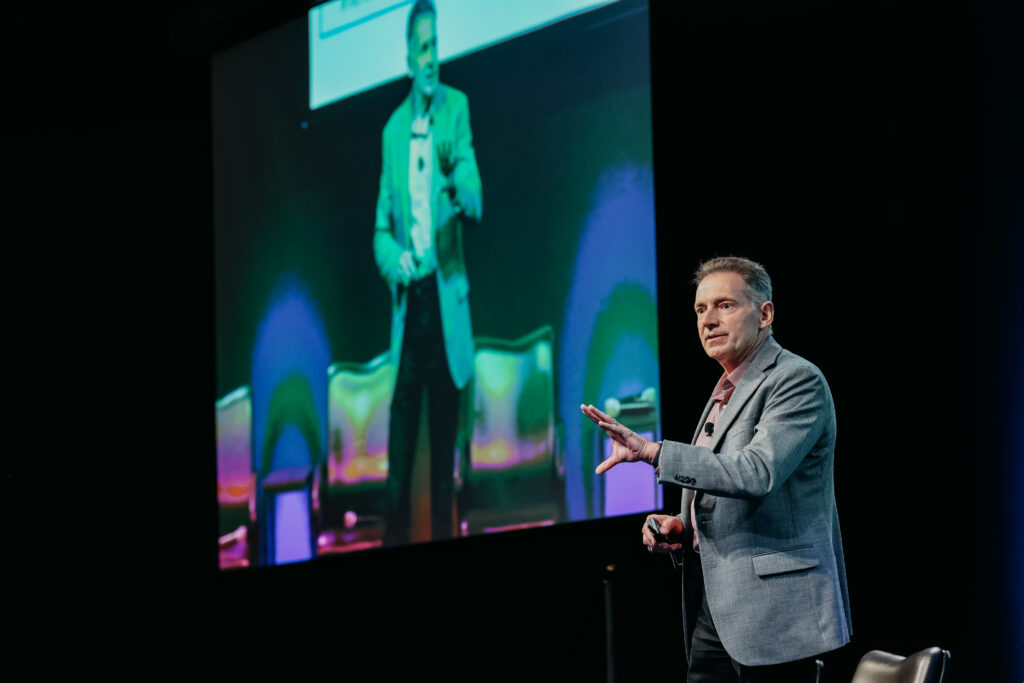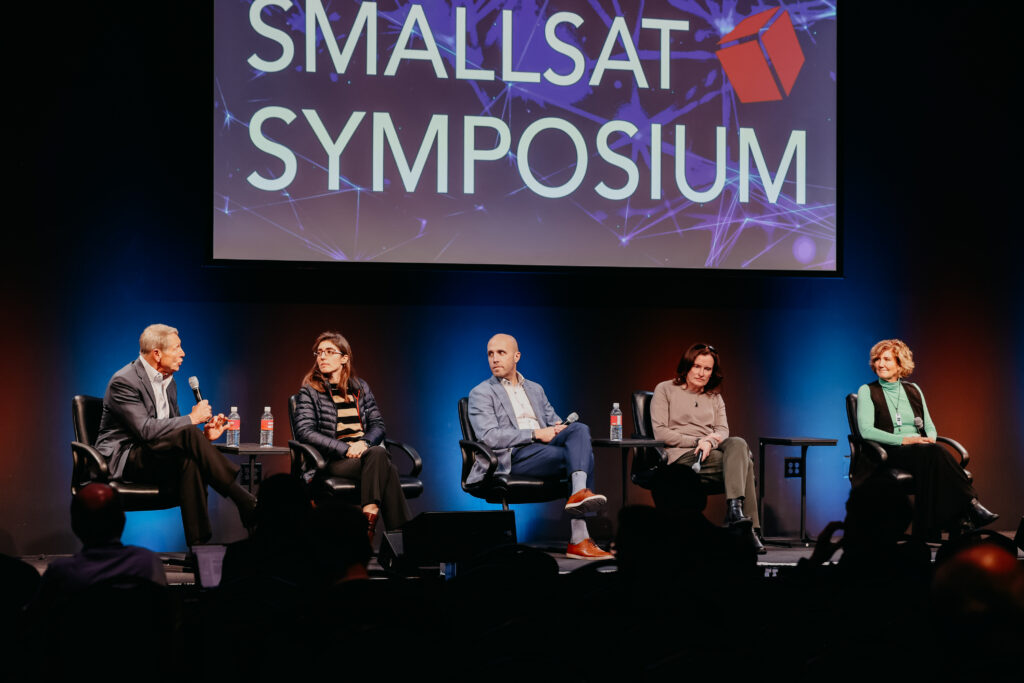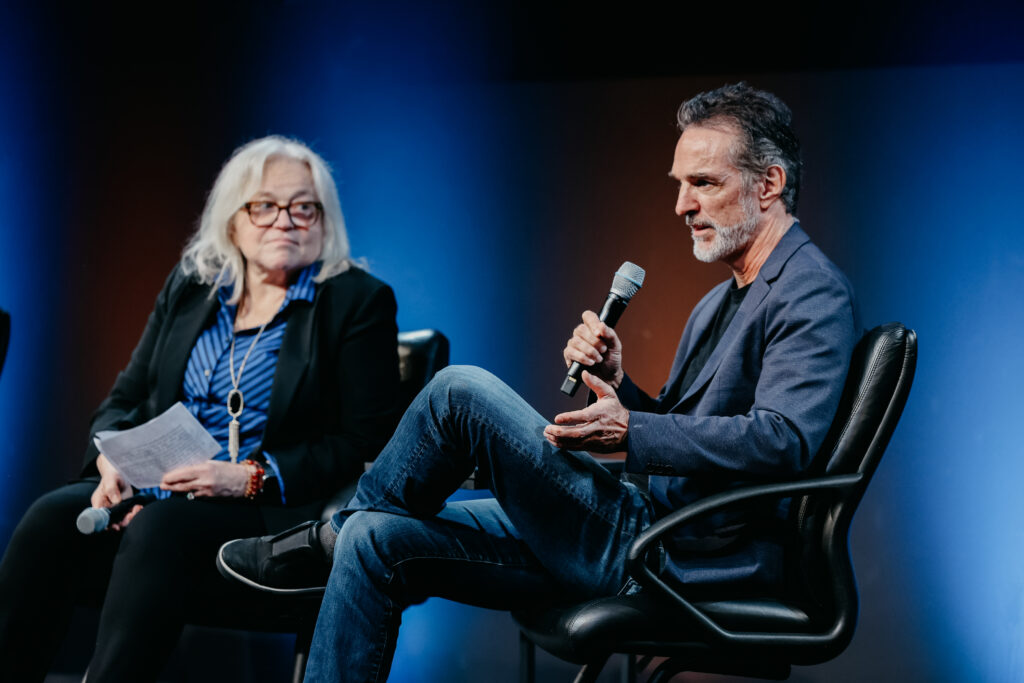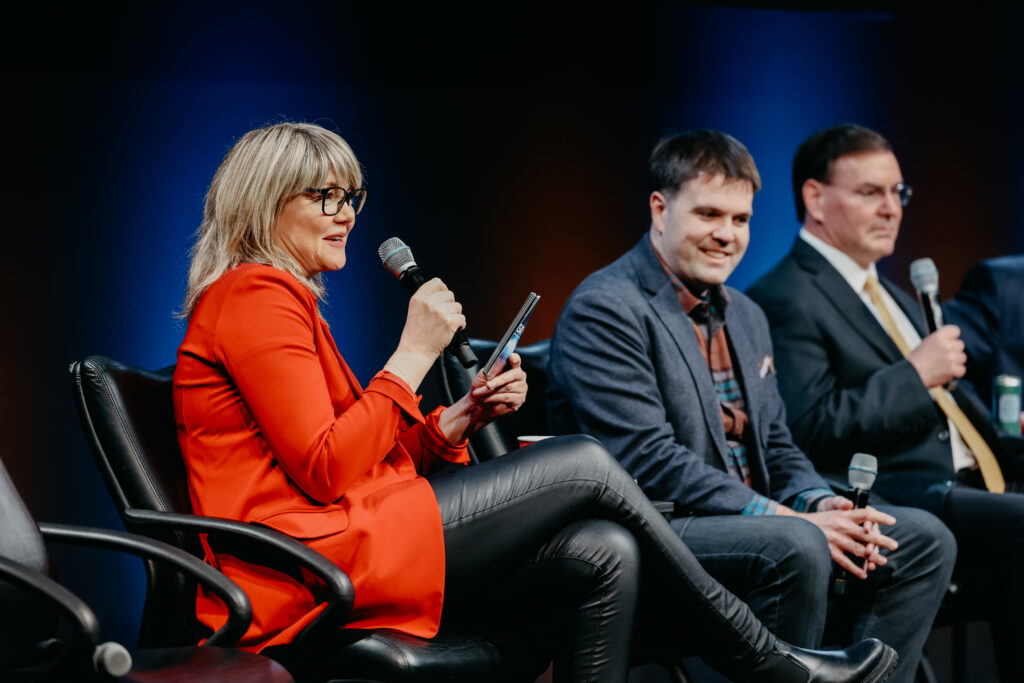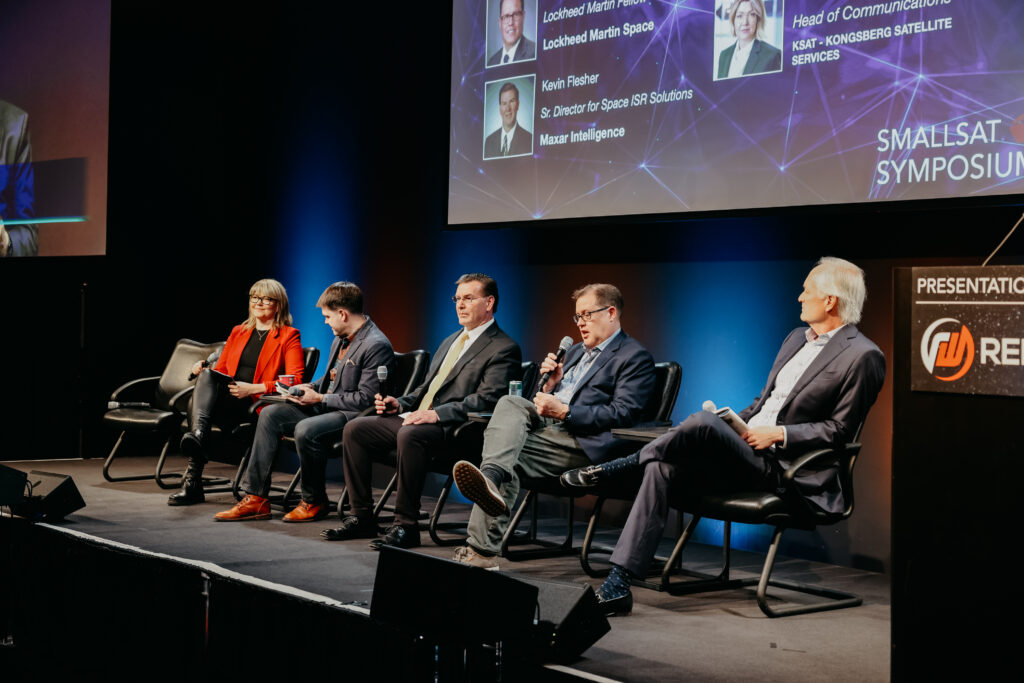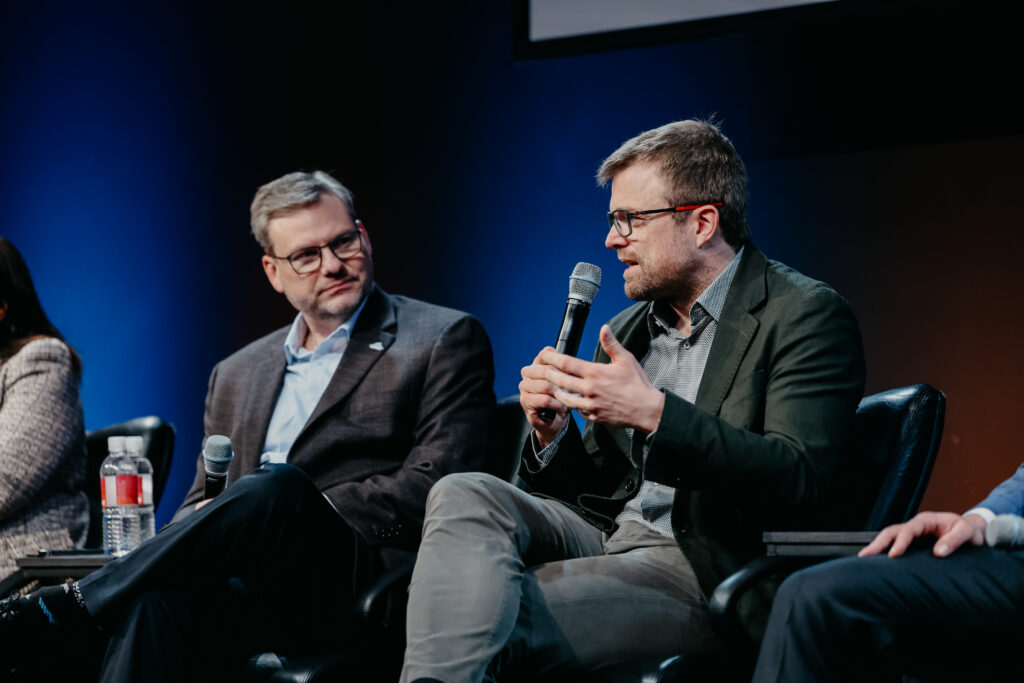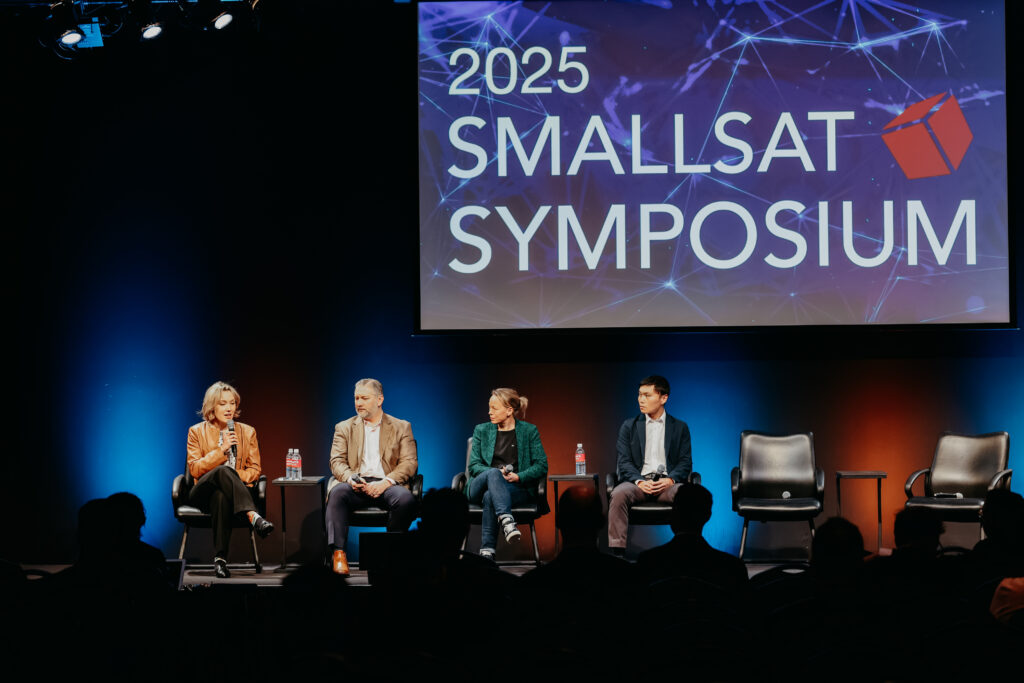By Chris Forrester
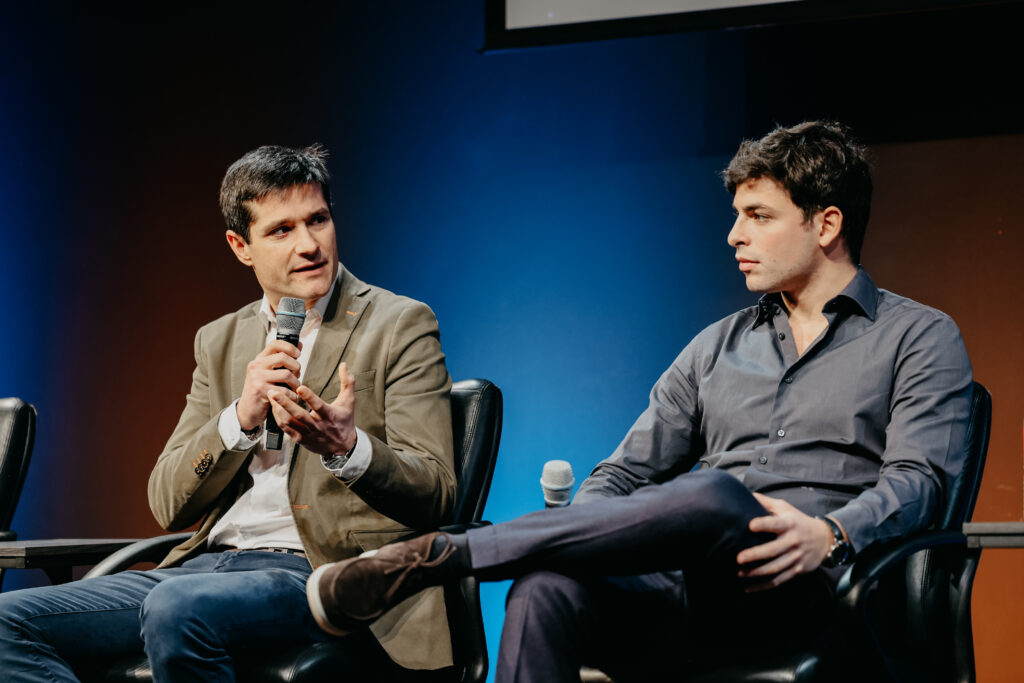
Moderator: Dr. Paul Struhsaker, CEO, Arrasar Partners tasked his panel at the Smallsat Symposium at Mountain View with some challenging questions over the best use of AI in Earth Observation (EO).
Dr. Marco Ruano, Founder/Chairman, Sanzar, based in Spain said that operators working in EO clearly needed satellites to speedily download their data. “The more that AI can help on board the satellite itself the easier it is for the ground activity later. A major challenge today is managing the cluster of satellites, their safety and collision avoidance. Data processing on board is happening and will grow. Another trend is Optical, and this will co-exist with RF imagery.”
Alvaro Alonso Ruiz, Co-founder & CCO, Leanspace, which is a provider of ground solutions and based in France. “The dilemma is that AI within EO we have to think of our businesses and serving our customers. The core demand is delivering better images and as quickly as possible. AI can certainly help, but we have to prioritise the customers demand, whether urgent or periodic.”
Ruiz told delegates that some ground – and satellite – operators need to bring their work up to date. “I was at a EO control office just a few days ago where they were depending on Windows 95. Imagine the risks this represents. This is not a joke! Some of our governments are using technologies from the 1970s, 1980s and 1990s. I have seen places where floppy discs are still used! It is long overdue that the industry updates itself.”
Matteo Cuccorese, Founder, SPAICE Technology Ltd, a specialist on AI software. “We see a futuristic applications in using AI for handling EO tasks, and the problem for me is prioritising one task over another and AI is excellent for this. AI can also give us answers over command and control, and tell us the best usage of the constellation and the ideal course for the missions underway. Situational awareness is also important, and avoiding orbital debris is key. The timetable for clearing debris seems very long, however.”
Mr Cuccorese compared the space situation with those of the self-driving vehicles and where through computing and situational awareness the technology allows fleets of self-drive and no-driver taxis to be safely in use.

